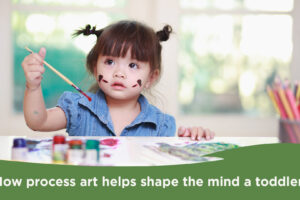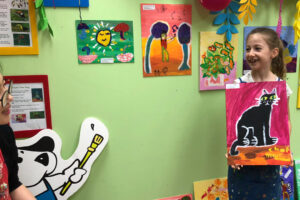Process Art Lessons For Children
![]()
- Posted by abrakadoodle.com.sg
- Categories Process art
- Date 14 April 2022
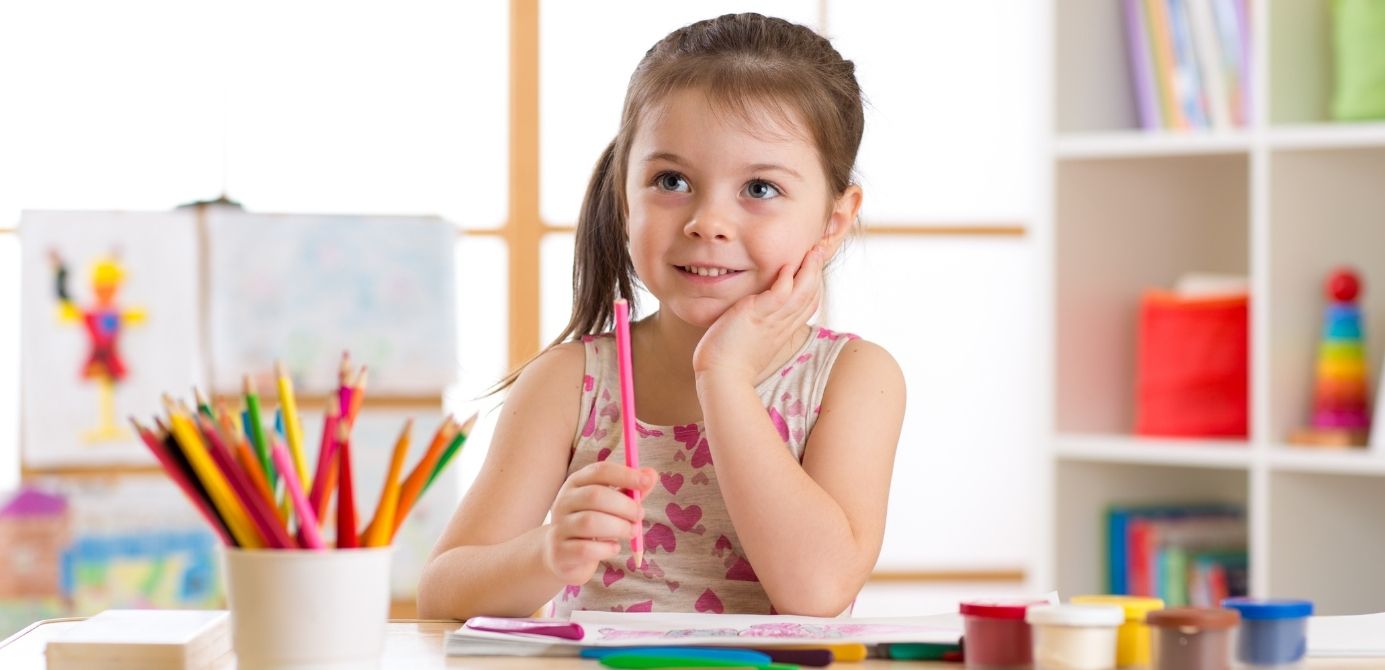
Children love art! It does not matter to them how messy it can get – messy hands, clothes or even floor mats. Nothing else can make them happier than creating something through their own handiwork. The benefits of art will go beyond expectations, even way beyond just fun. Recent studies have indicated that the process of creating art helps support young children in almost all areas of their development!
Process art is the right way to go about engaging children to express themselves in ways other than traditional handwriting and reading comprehension exercises. This style of learning about art encourages discussion about what goes into making each piece while describing how it may have looked before or after a project is completed.
Besides, while observing these changes, children begin to understand and explore different techniques, as well as get creative with their work. It can also be a really fun activity for an entire group of children.
Table of Contents
ToggleLearning through play
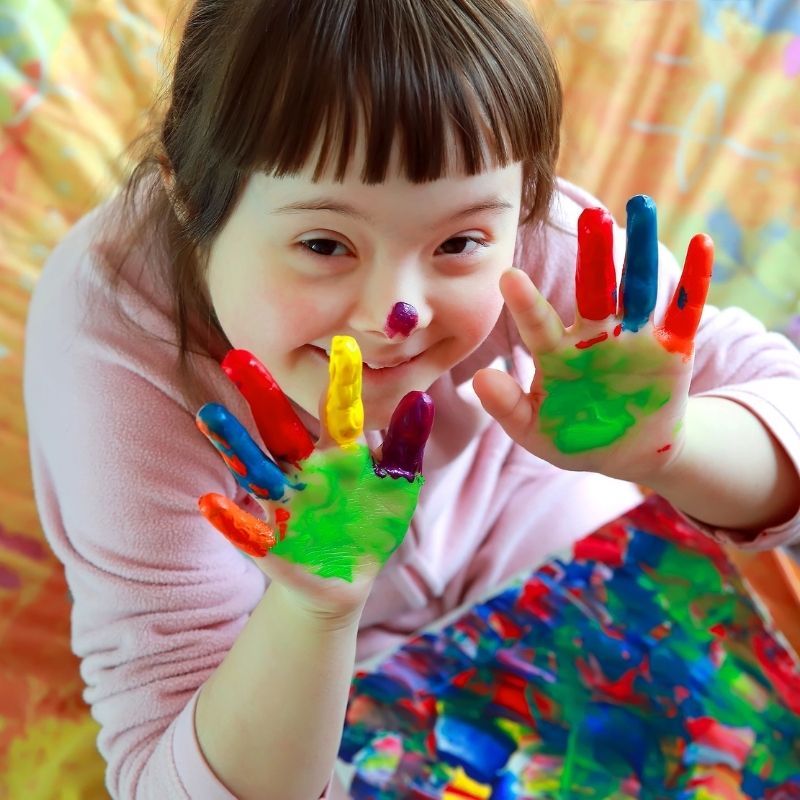
The aim of process art is not just to teach how to do art. It’s about creating an environment for children to discover for themselves. It is about freedom, not rules. Children are more interested in learning how the art is being created than in what the finished product is going to look like.
If the end result looks beautiful, that’s great. But it is about actually the doing, the thinking, and the experimenting that becomes the primary focus. And there are no mistakes in this process. If any, these so called “mistakes” become just as valuable – they become milestones and need to be treasured as your child’s ‘masterpiece’ work in progress reference points!
As stated earlier, process art is different. It is much more about a child’s own discovery, rather than adult-directed learning. It doesn’t mean that a child can’t be inspired by a subject, like when you sit down together to create a ‘cat’ for instance. It is a means to encourage everyone to freely choose the colours, shape, size, and design elements to include and express the idea of a cat.
You paint. You draw. You stamp. Spray watercolours. Collect leaves and twigs. squeeze glitter on the glue. You can even add birds. You name it, you can do it. It is the most incredible creative process that will help you establish a wonderful sense of exploration and a feeling of peace.
The best part is your child decides when she is done with her work. Adding layers upon layers with each passing moment, until her world begins to take shape before her eyes. Others might look upon the work as a mess, but to your child and you, it is far from that. It is purposeful, insightful, engaged creativity coming to life.
Process art is so open-ended, it helps you see into the mind of a child as she remains engaged throughout. The whole exercise becomes an experience: how you feel as you experiment, the ideas that you get, and the opportunity to try new things. It is all about creativity.
Creativity & logic
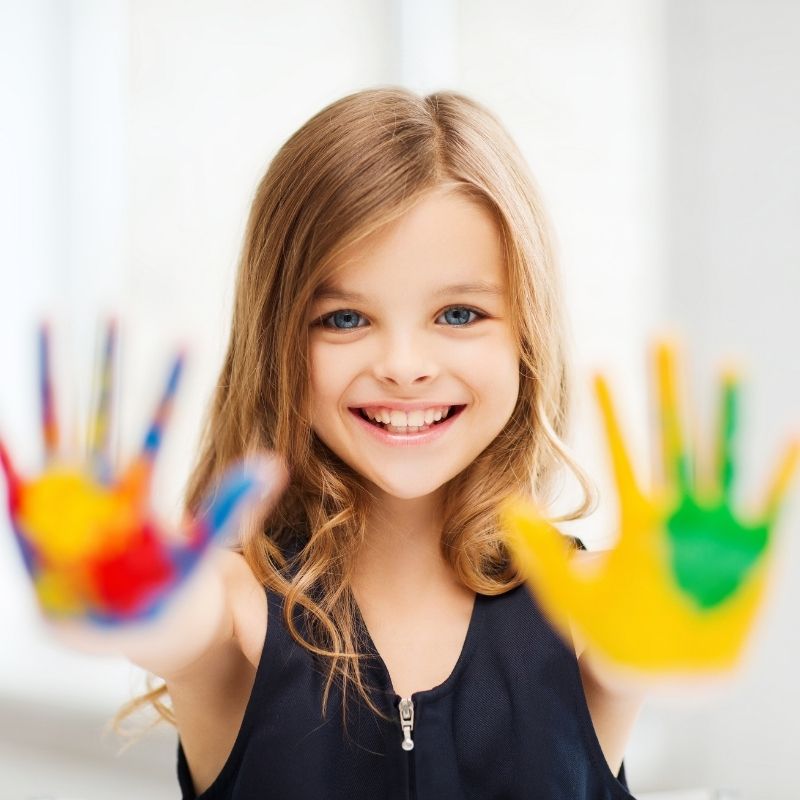
“Creativity” and “logic” are seen as vague concepts. But it will be wrong to neglect or ignore either of them in the development process of children. So let’s attempt to frame them in generally accepted terms.
Creativity is the ability to create unique ideas from existing memories. In other words, it is the ability to turn existing ideas into something unusual that didn’t exist before. Logic, on the other hand, is the ability to arrive at conclusions, or deductions, based on known information.
When it comes to art, you will discover that children learn through play. Children needn’t be told what to do, they only need to be given rich experiences to explore and engage in. Process Art guides and enables them to raise the bar on their own learning and development.
Building new skills, improving outcomes
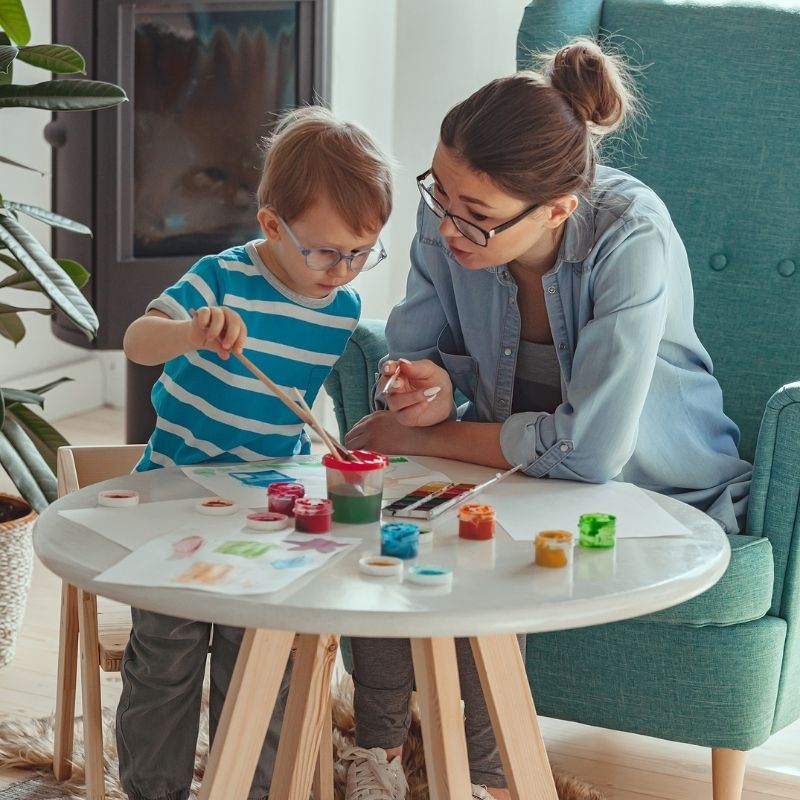
Making art helps improve your child’s fine motor skills and enhance her creative problem-solving abilities. Activities like finger painting, drawing, cutting and glueing paper, can help her develop better coordination and dexterity. Or while threading beads and sculpting clay can improve her visual-spatial skills.
You will also be surprised to note that young children truly enjoy an art museum experience. Try not to visit all the galleries in one sitting. Start by focusing on the whimsical and magical on your first visit, then take in other rooms on some other day. Look at paintings on nature and animals, and other topics of interest to your child.
By exposing your child to magnificent works of art, you will enhance her curiosity and enjoyment. It is an opportunity for thoughtful conversations with your child too. Talk to her about what she sees and thinks.
Challenge each other to find hidden objects in a painting. Or, wonder about a painting. Talk encourages your child to express what she is feeling. Prompt her by introducing new words into your sentences. Landscape paintings are ideal for expanding and stimulating imagination.
Long term studies have indicated that building these skills translates into better academic outcomes for children in other subjects including writing, literacy, mathematics, and science. A report from Americans for the Arts concluded that “children who regularly engage in artistic activities are four times more likely to be recognized for academic achievement”!
Going beyond words
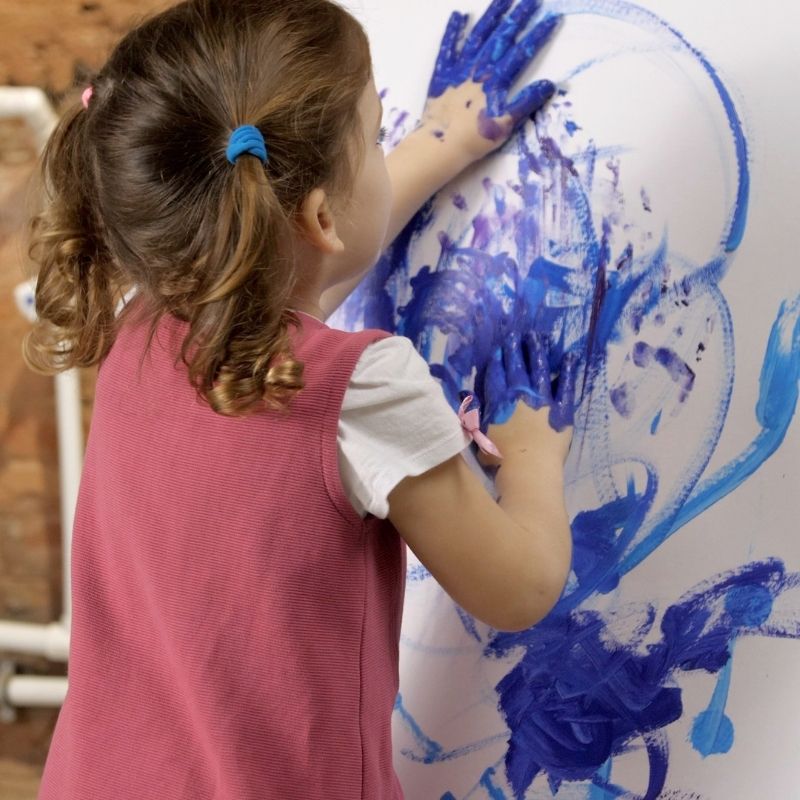
There are times when children find it difficult to put into words what they are feeling, simply because they have no words to describe them. This is why complex emotions may end up being expressed through anxiety, stress or trauma. This is a time to be cautious, notice changes in behaviour, and keep an eye out for those angry outbursts, withdrawal, or an inability to concentrate.
So how can you, as a parent, support a child to work through these experiences in constructive ways. One simple and gentle way is by encouraging your child to express her thoughts and feelings through art.
The language of art — colours, shapes, lines, and images — speaks in ways that words cannot. More importantly, children find that art helps them process their ideas, helping them to channel and express their experiences and deal with overwhelming emotions.
Art provides children with critical sensory input and allows them to express their feelings in a multi-dimensional way. Even if a child is not involved in creating the art, just being around art can provide your child with enough sensory inputs to kick start her imagination and engage her curiosity.
Creative learning
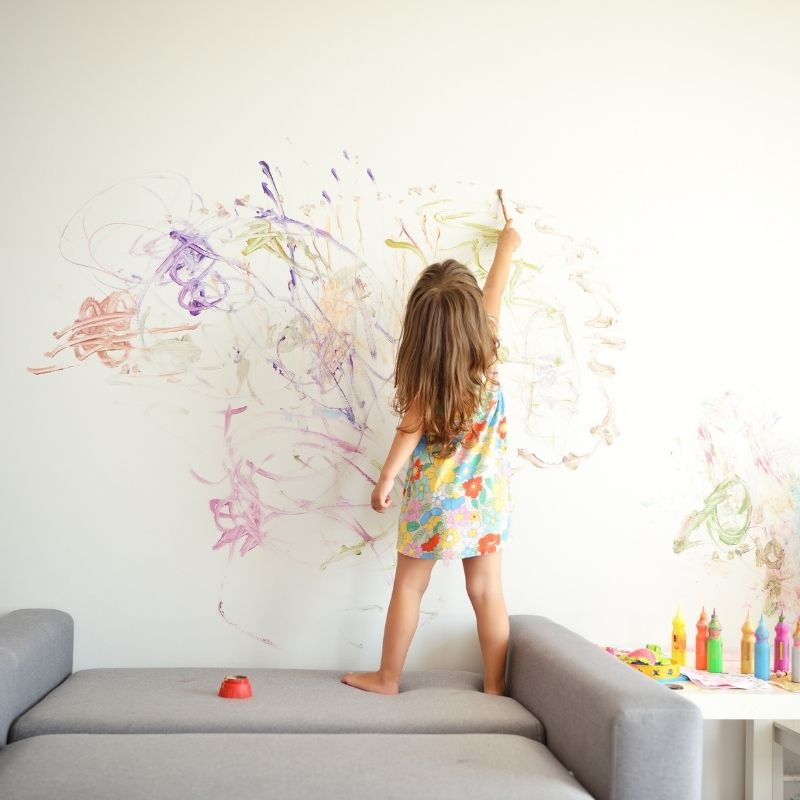
You will discover that art encourages creativity and imaginative thinking, two skills that are increasingly linked with long-term professional success. Simply put, art forces children to engage in out of the box thinking and can help them hone their creative problem-solving skills.
Creative learners are usually those who end up becoming “big-picture thinkers”. With your guidance, your child can become a change maker, the one who makes connections to fulfil needs through real life experiences. This can lead to a lifetime of seeking creative solutions to future problems yet to be encountered.
When, for instance, a child is painting a tigress by pretending to be a lioness! Adding a mane to her picture of a striped cat. Soon after that, she bounds off with a dry paintbrush-turned-sword and announces that she is Captain Hook pretending to be Peter Pan. Children like her flow with unusual, humorous ideas, demonstrating creative thinking abilities.
According to the International Child Art Foundation, “a child who is exposed to the arts acquires a special ability to think innovatively, and discover original ideas — key attributes for individual success and social prosperity in the twenty-first century.”
Treat colour as a learning catalyst
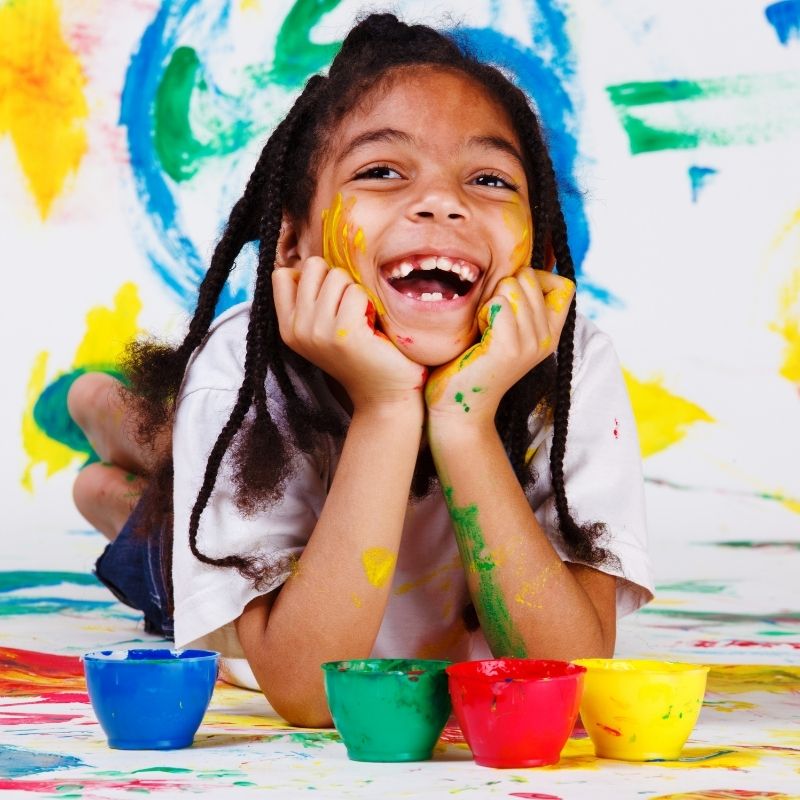
When moving with a purpose when learning more about colour will help your child develop her vocabulary, and complex thinking faculties, and enhance her keen observation skills. By using a variety of tactile experiences you can help your preschooler to gain a deeper understanding of the nuances of colour which will be missed out if left to a computer program or flashcards.
When you are out in the park, you can help your child collect leaves of various shades of green. Point out that just like families have different names, so do colours. Illustrate your conversation by accurately describing the many hues of green – emerald, moss, mint, fern, celadon, and avocado…
You can ask open-ended questions about colours too: What are all the fruits and veggies you can think of that are coloured ‘green’? Work with paint to create new shades and tints. Then allow your child to mix yellow and red paints. After some time, introduce white so your child can see for herself how the colours soften or add bits of black and to see shades of orange emerge.
Exploring colour using accurate vocabulary and connections to real things will help your child internalize a deeper understanding of a concept that many adults understand only at a cursory level. As your child thinks deeply about colour and observes it intentionally, she will gain new perspectives on her rapidly expanding world.
Creative expression is as natural and developmentally necessary for children as fresh air and sunshine is. And as a parent, you are your child’s first teacher. The conversations you have will help your child develop thinking skills that will stay with her for a lifetime.
About Abrakadoodle
This is the kind of process art learning experiences we use to inspire children to think differently, be innovative, and devise ways that teach about interesting things found in the real world. Changing the way children discover and imagine. Ignite their minds to think, play and learn like never before.
If you would like to enrol your child in our children’s art classes or participate in cognitive learning activities, give Abrakadoodle a call. Or better still, make an appointment with the head of a centre near you. Get a hands-on exposure to an experience that will make you see art in a way that adds value to life.
Please note: Abrakadoodle classrooms are thoroughly sanitized every day — the tables, the chairs, the children’s activity stations and everything else the child might touch is made safe and clean. They also wear a mask, wash hands frequently, and practice social distancing.
You may also like
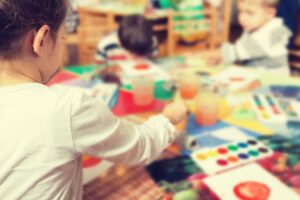
Without Art Education There Is No Education
